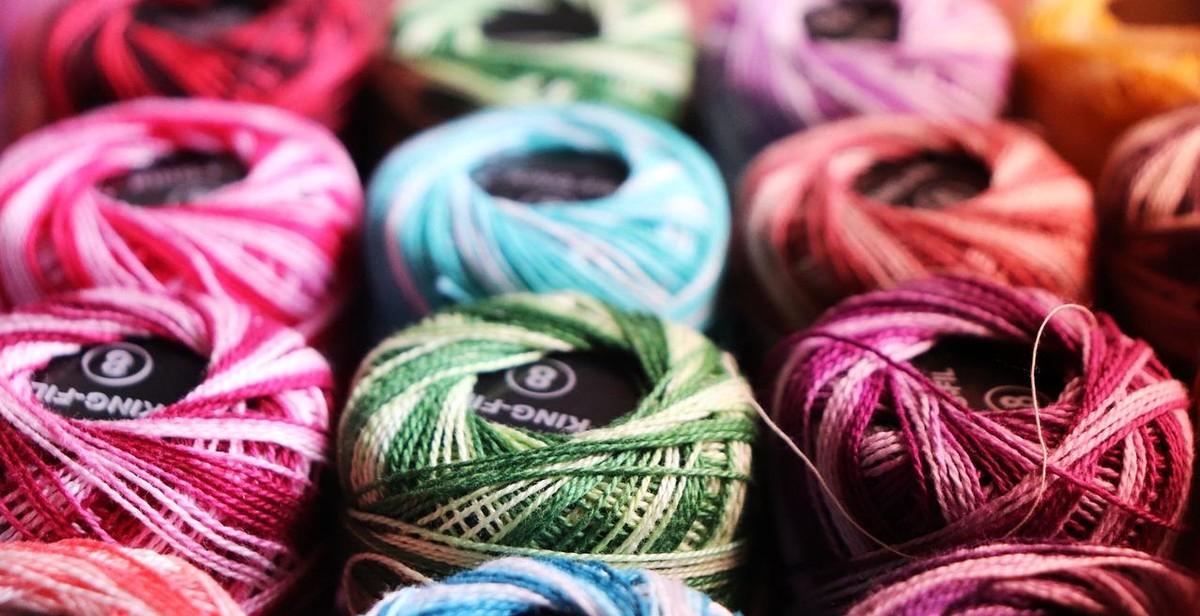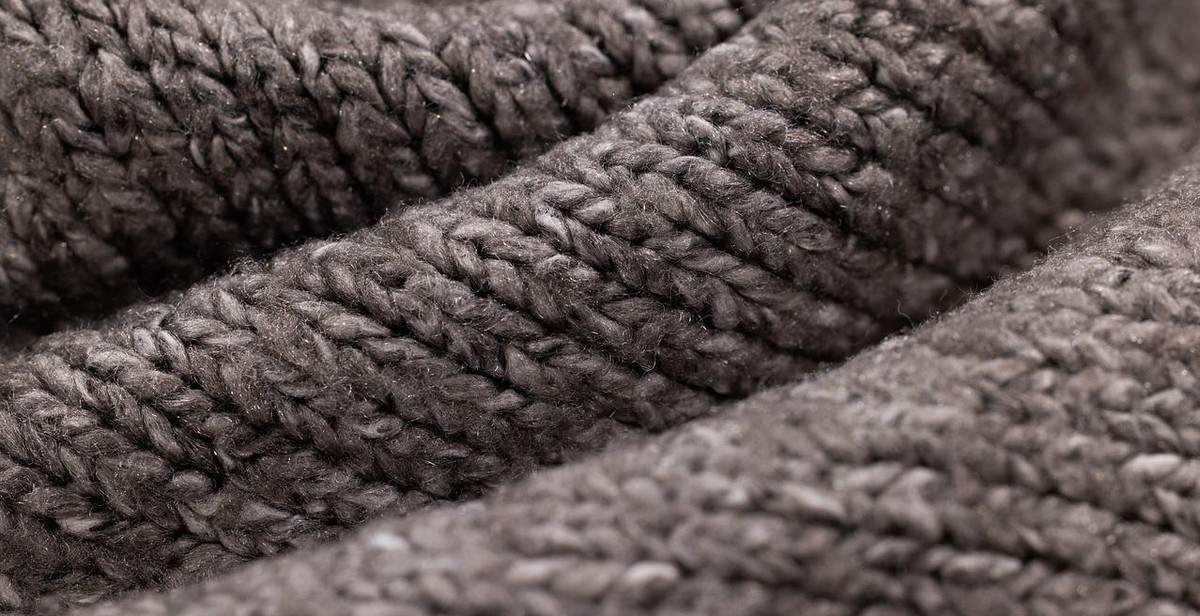How to Knit: Beginner’s Guide to Basic Stitches and Patterns
Knitting is a relaxing and creative hobby that has been around for centuries. It involves using two needles and yarn to create various stitches and patterns. If you’re new to knitting, it can seem overwhelming at first, but with a little bit of practice and patience, you can become a skilled knitter.
Why Learn to Knit?
Knitting has many benefits beyond just being a fun hobby. It can help reduce stress and anxiety, improve hand-eye coordination, and even boost cognitive function. Plus, you get to create beautiful and practical items like scarves, hats, and blankets.
Basic Knitting Supplies
Before you start knitting, you’ll need a few basic supplies:
- Knitting needles (size 8 or 9 is good for beginners)
- Yarn (worsted weight is a good choice for beginners)
- Scissors
- Tapestry needle (for weaving in ends)
Basic Knitting Stitches
There are two basic stitches in knitting: the knit stitch and the purl stitch. Once you’ve mastered these two stitches, you can create an endless variety of patterns and textures.
In this beginner’s guide, we’ll walk you through each step of the knit and purl stitches, as well as some basic patterns you can try.
Why Knitting Is a Great Hobby
As someone who has been knitting for over a decade, I can attest to the numerous benefits that come with this craft. Here are just a few reasons why knitting is a great hobby:
Stress Relief
Knitting has been proven to be a great stress-reliever. The repetitive motions of knitting can be meditative and calming, allowing you to focus on the present moment and forget about any worries or stressors.
Creativity
Knitting allows you to express your creativity and make something unique. With endless possibilities for yarns, colors, and patterns, you can create items that are truly one-of-a-kind.
Mental Stimulation
Knitting also provides a mental workout. Following patterns and counting stitches requires concentration and memory, helping to keep your mind sharp.
Community
Knitting is a social hobby that can bring people together. Whether it’s joining a local knitting group or connecting with other knitters online, the knitting community is a supportive and welcoming one.
Practicality
Finally, knitting is a practical hobby that can result in useful items. From cozy scarves to warm blankets, you can create items that are not only beautiful but also functional.
In Conclusion
Overall, knitting is a wonderful hobby that offers numerous benefits. Whether you’re looking to destress, express your creativity, or connect with others, knitting is a great choice.

Materials Needed to Start Knitting
Yarns and Fibers
Choosing the right yarn and fiber is crucial when starting knitting. Yarns come in different weights, textures, and colors. Beginners should start with a medium-weight yarn made of wool or acrylic. Wool is a natural fiber that is warm and durable, while acrylic is synthetic and easy to care for. Other fibers to consider include cotton, silk, and alpaca.
- Medium-weight yarn
- Wool or acrylic yarn
- Cotton, silk, or alpaca yarn (optional)
Knitting Needles
Knitting needles come in different sizes and materials. Beginners should start with a pair of medium-sized needles made of bamboo or aluminum. Bamboo needles are lightweight and have a smooth surface, making them easy to handle. Aluminum needles are durable and come in a variety of colors. The size of the needles should match the weight of the yarn being used.
| Material | Pros | Cons |
|---|---|---|
| Bamboo | Lightweight, smooth surface | May break or splinter |
| Aluminum | Durable, variety of colors | May be slippery |
- Medium-sized knitting needles
- Bamboo or aluminum needles
Basic Knitting Stitches
As a beginner, it is important to start with the basic knitting stitches. These stitches will form the foundation of all your knitting projects. Here are the four basic stitches you need to know:
Knit Stitch
The knit stitch is the most basic stitch in knitting. It is used to create a smooth, flat texture and is often used for the right side of a piece. To knit, insert the needle into the front of the stitch on the left needle, wrap the yarn around the right needle, pull through the stitch, and slide the old stitch off the left needle.
Purl Stitch
The purl stitch is the opposite of the knit stitch and is used to create a bumpy texture. It is often used for the wrong side of a piece. To purl, insert the needle into the front of the stitch on the left needle, wrap the yarn around the right needle from back to front, pull through the stitch, and slide the old stitch off the left needle.
Stockinette Stitch
The stockinette stitch is created by alternating rows of knit and purl stitches. This stitch creates a smooth, flat texture on one side and a bumpy texture on the other. To create the stockinette stitch, knit one row and purl the next row.
Garter Stitch
The garter stitch is created by knitting every row. This stitch creates a bumpy texture on both sides of the piece. To create the garter stitch, knit every row.
Now that you know the basic knitting stitches, you can start practicing and create your first knitting project!

Knitting Patterns for Beginners
Simple Scarf Pattern
If you’re just starting out with knitting, a simple scarf pattern is a great project to begin with. Here’s a basic pattern to get you started:
| Materials | Instructions |
|---|---|
| 1 skein of worsted weight yarn | 1. Cast on 20 stitches. 2. Knit every row until the scarf reaches your desired length. 3. Cast off and weave in ends. |
This pattern uses the basic knit stitch, which is a great stitch to start with as a beginner. Once you’ve mastered the knit stitch, you can experiment with other stitches and patterns.
Basic Hat Pattern
If you’re ready to try knitting in the round, a basic hat pattern is a great project to tackle. Here’s a simple pattern to get you started:
| Materials | Instructions |
|---|---|
| 1 skein of worsted weight yarn | 1. Cast on 80 stitches using circular needles. 2. Join in the round, being careful not to twist your stitches. 3. Knit every round until the hat measures 8 inches from the cast-on edge. 4. Decrease as follows: *K6, k2tog* until the end of the round. 5. Knit one round. 6. *K5, k2tog* until the end of the round. 7. Knit one round. 8. *K4, k2tog* until the end of the round. 9. Knit one round. 10. *K3, k2tog* until the end of the round. 11. Knit one round. 12. *K2, k2tog* until the end of the round. 13. Knit one round. 14. *K1, k2tog* until the end of the round. 15. Knit one round. 16. *K2tog* until the end of the round. 17. Cut yarn, leaving a long tail. Thread tail through remaining stitches and pull tight. Weave in ends. |
This pattern uses both the knit and purl stitches, as well as decreases, which can be a bit tricky for beginners. However, with practice, you’ll be able to create a cozy hat to keep you warm all winter long.
Tips for Successful Knitting
Knitting is a fun and rewarding hobby, but like any skill, it takes time and practice to master. Here are some tips to help you become a successful knitter:
Practice Makes Perfect
The more you knit, the better you will become. Don’t get discouraged if your first few projects don’t turn out perfectly. Keep practicing and you will see improvement over time. Start with simple patterns and work your way up to more complex ones. You’ll be surprised at how quickly you can progress.
Don’t Be Afraid to Make Mistakes
Mistakes are a natural part of the learning process. Don’t be afraid to make them. Instead, use them as an opportunity to learn and improve. If you drop a stitch or make a mistake in your pattern, don’t panic. Take a deep breath, examine the problem, and figure out how to fix it. You’ll be a better knitter for it.
Follow Patterns Carefully
When starting a new project, it’s important to read the pattern carefully. Make sure you understand the instructions before you begin. Take your time and double-check your work as you go. This will help you avoid mistakes and ensure that your finished project looks the way it’s supposed to.
By following these tips, you’ll be on your way to becoming a successful knitter. Remember, practice makes perfect, don’t be afraid to make mistakes, and always follow patterns carefully. Happy knitting!
Conclusion
Learning how to knit can be both a relaxing and rewarding experience. With the basic stitches and patterns covered in this beginner’s guide, you’ll be well on your way to creating beautiful and functional pieces.
Remember to start with simple projects and work your way up to more complex ones. Don’t be afraid to make mistakes, as they are an essential part of the learning process. Be patient with yourself and enjoy the journey.
Tips for Successful Knitting
- Choose the right yarn and needles for your project
- Practice good tension control
- Count your stitches and rows carefully
- Take breaks and stretch your hands and wrists
- Join a knitting group or community for support and inspiration
Final Thoughts
Knitting is a versatile and enjoyable hobby that can provide a sense of accomplishment and relaxation. With the right tools and techniques, anyone can learn how to knit. So grab your needles and yarn, and start creating something beautiful today!
